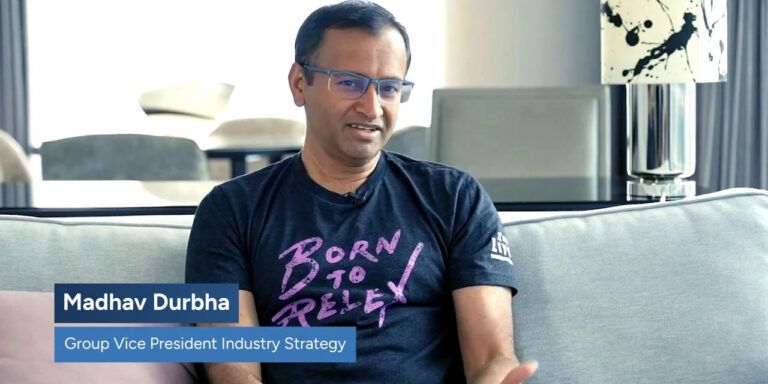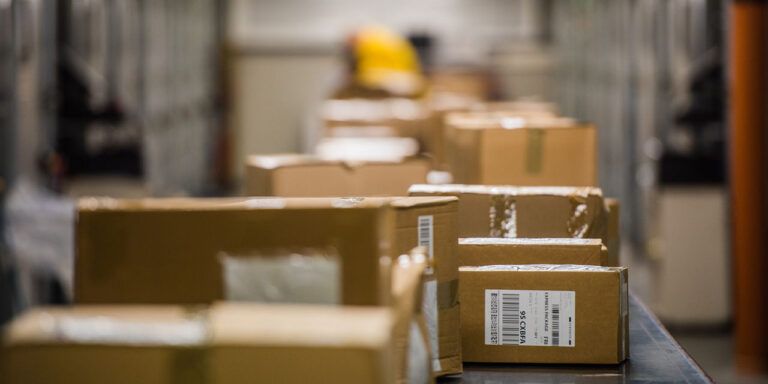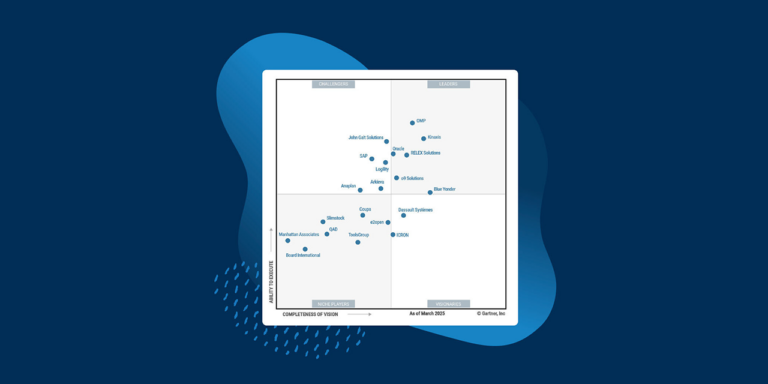Is the future of retailing going dark?
Jul 21, 2020 • 2 min
This piece was originally published in RetailWire.
As we move into a new phase of the coronavirus crisis, it’s clear that delivery, click and collect/BOPIS and curbside pickup are here to stay. These options were slowly picking up speed already, but recent events have given them an unexpected boost. First-time users who wanted to avoid in-store shopping are finding these options convenient and are likely to keep using them.
Retailers need to get creative to give these customers the experiences and levels of service they expect. As people return to work, requests for evening and weekend pickup and delivery are going to increase. How can retailers meet this demand as it moves from in-store shopping to these relatively new channels?
Perhaps, it is time for retailers to consider moving away from a centralized fulfillment model that often comes with high distribution costs and longer delivery times. Right now, this isn’t ideal for customers accustomed to receiving their orders within hours, not days—particularly when those orders include perishable foods. A centralized model is also more difficult to scale when peaks occur.
Retailers need to study the benefits of decentralized fulfillment, which trades efficiency for accessibility and scalability. Rather than picking for online orders from open stores, which worked as a short-term but expensive solution, savvy retailers will add more dark stores to serve as local fulfillment centers. Dark stores are a cost-effective way to shorten delivery times and give retailers the ability to make more strategic inventory choices by location.
A decentralized model requires a granular level of inventory data to ensure that each dark store is appropriately stocked with an assortment that has local appeal. Shoppers placing online orders expect that they will be presented with accurate, local availability information and planners need to be able to adequately meet demand with minimal stock-outs.
Decentralized fulfillment can only be successful with a robust investment in technology. Automated, data-driven forecasts provide the insights to monitor local trends, weather and events, as well as to optimize floorplans for easier order picking. Such forecasts ensure that fresh products are delivered to dark stores at proper intervals to meet online demand (which may differ from in-store demand patterns) while minimizing waste. An integrated workforce optimization system can then automatically schedule appropriate staff to handle stocking, picking and delivering inventory based on demand. If needed, robotic picking, which has become more accurate and affordable, can be incorporated to improve efficiency further.


